Hotlist 2025: the best graphic design books, as voted for by designers
Want to know which graphic design books are most useful? We asked the creative community to vote, and here are the results.

Palette Perfect by Sara Caldas. Image courtesy of Counter-Print
In the world of graphic design, you never stop learning and staying up-to-date with the latest trends and techniques is crucial. But it's also essential to have a strong foundation in the core principles of design. Even if you studied graphic design at university, you're probably not 100% proficient in the fundamentals; in truth, few people are. And that's where the graphic design books come in.
Whether you're learning graphic design from scratch, have a few missing bits of knowledge to fill in or just need a refresher, graphic design books can teach you everything you need to know. But which are the most useful in practice, and which ones should best be avoided?
To find out, we surveyed hundreds of designers, and this article explores the 10 books that received the most votes.
All of the titles on this list are considered to be classics in the field and provide a wealth of knowledge for any designer. Before we get started, though, we should point out that this list is not exhaustive; there are many other great graphic design books out there. So here are some other worthy contenders that didn't quite make the top 10 but are nonetheless worth a look.
Graphic Design Theory: Readings from the Field by Helen Armstrong: this academic resource combines essential texts from historical and contemporary design thinkers to explores the "whys" behind design, offering critical insights into the evolution of graphic design from the early 1900s to the modern day.
Pioneer of Swiss Graphic Design: Josef Müller-Brockmann" by Richard Hollis: an illustrated essay that showcases the influential work of Josef Müller-Brockmann, a key figure in Swiss graphic design during the 1950s and 1960s.
notamuse: A New Perspective on Women Graphic Designers in Europe by Counter-Print: this book addresses the gender imbalance in the design industry by showcasing the work of outstanding female designers. Rather than defining a "feminine" style, the book aims to challenge the male-dominated discourse within the field.
Now You See Me: An Introduction to 100 Years of Black Design by Charlene Prempeh This book celebrates groundbreaking work by black graphic artists, architects and designers, many of whom have been marginalised, overlooked or erased from history.
Now, on with our main list.
1. Failed It! by Erik Kessels
In this energising and playful book, Dutch creative director Erik Kessels argues that mistakes and failures are not something to be afraid of; instead, they can be a valuable source of inspiration and innovation. This is demonstrated through real-world examples of design projects that went wrong but ultimately led to successful outcomes.
Part photobook, part guide, this book uses over 150 visual examples from Kessels' collection to show how embracing mistakes can lead to breakthroughs in art, design, architecture, photography, and product design. It will inspire you to see mistakes not as setbacks but as opportunities for new ideas, innovation, and unique perspectives.
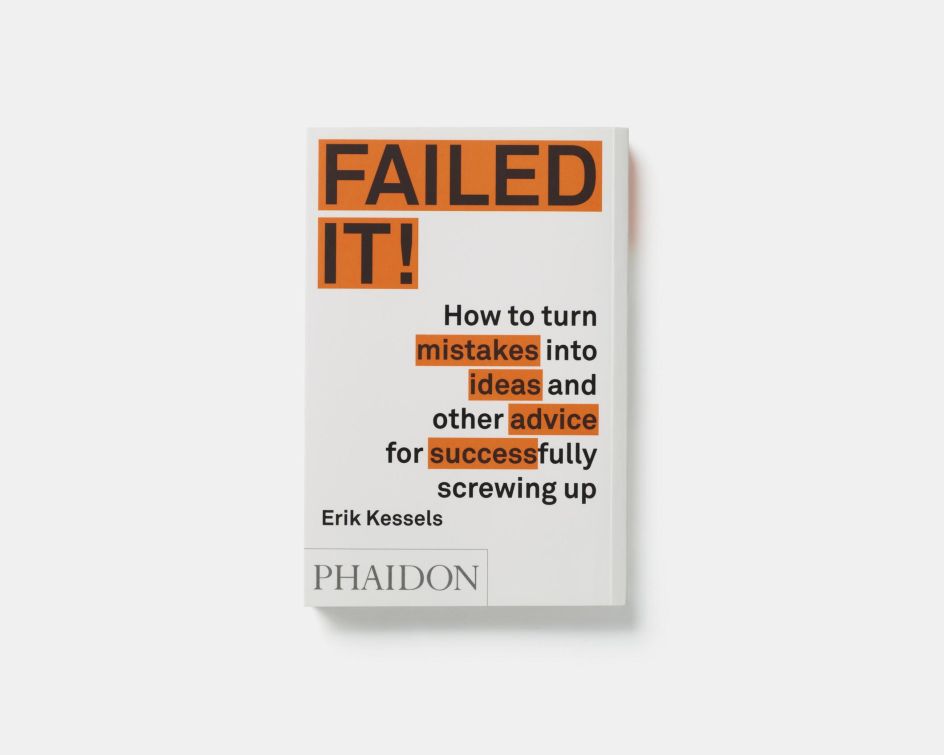
Failed It! by Erik Kessels
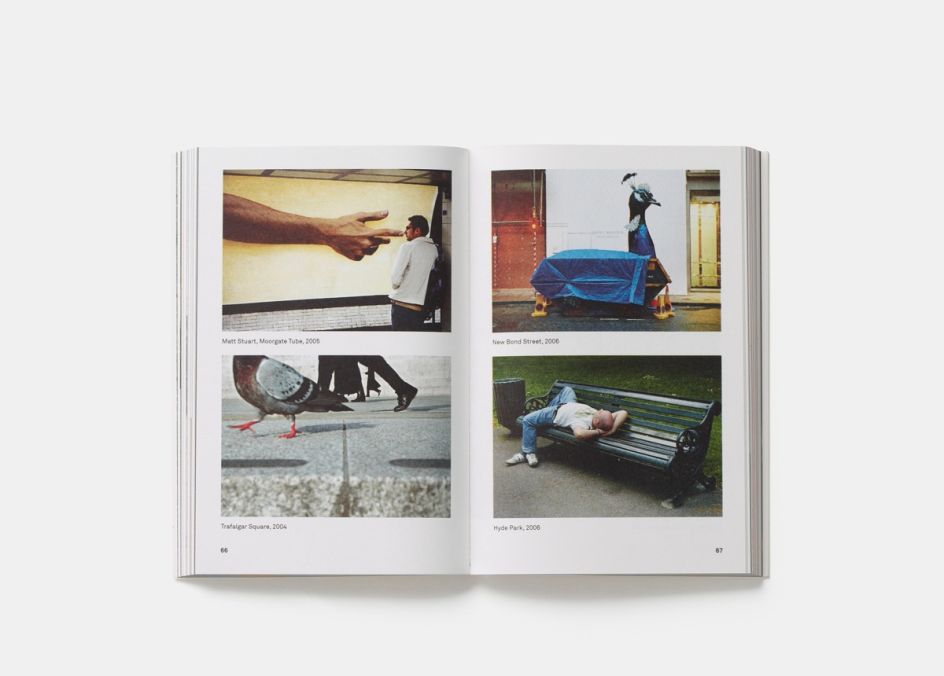
Failed It! by Erik Kessels
2. Grid Systems in Graphic Design by Josef Müller-Brockmann
This seminal book by Swiss designer Josef Müller-Brockmann provides a clear and concise introduction to grid systems and how they can create order, clarity, and hierarchy in visual communication.
Müller-Brockmann is known for his minimalist and clean design style. Here, he provides detailed guidelines on various grid systems, ranging from 8 to 32 fields, and their application in different types of projects, including 3D design. It includes precise instructions on how to work conceptually and practically with these grids, making it an essential resource for professionals in the field.
3. Identity Designed by David Airey
Identity Designed is a comprehensive guide to the process of creating visual identities. It covers everything from developing a brand strategy to designing logos, typography, and other brand elements.
The book outlines the process of visual branding from start to finish, as well as explains its significance in modern business. The author provides insights into the history and contemporary practices of branding, offering strategies for research, idea generation, design implementation, and client satisfaction. Each chapter includes case studies with key takeaways, making it a practical guide for building and maintaining effective brand identities.
With contributions from top studios like OCD, Robot Food, and Freytag Anderson, this serves as both a practical manual and an inspiration for design professionals and entrepreneurs alike.
4. Thinking with Type by Ellen Lupton
This classic book by Ellen Lupton is an essential guide for anyone working with typography in visual communication. It delves into the key principles of typography, covering topics like typefaces, type families, kerning, tracking, grids, and layout principles. It explains both the rules of typography and how to break them creatively.
This book will help you to choose the right typefaces for your projects and use them effectively to create a strong visual impact. Notable features of the third edition include a wider variety of fonts, including fonts designed by women and BIPOC designers, as well as open-source fonts like those from Google and Adobe.
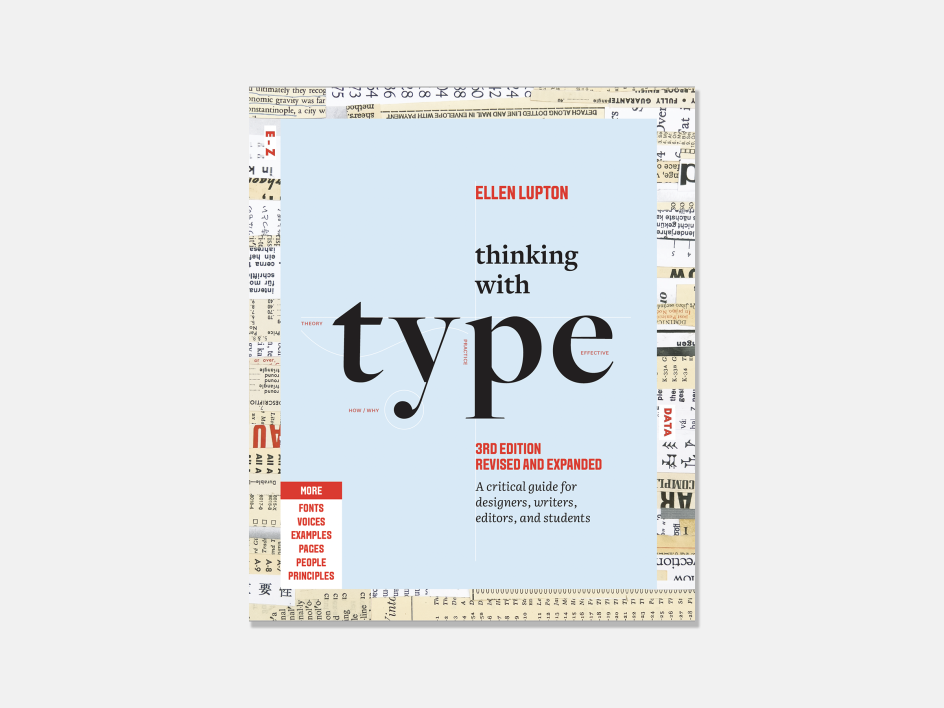
Thinking with Type by Ellen Lupton
5. The Elements of Typographic Style by Robert Bringhurst
Originally published in 1992, The Elements of Typographic Style is a classic text that explores the history and theory of typography. Having established itself as a standard in its field, it is the house manual at most US university presses, a standard university text, and a reference work in designers' studios around the world.
Imparting practical, theoretical and historical knowledge, this masterful style guide is a must for graphic artists, editors, or anyone working with printed pages using either digital or traditional methods.
6. Caps Lock: How Capitalism Took Hold of Graphic Design, and How to Escape from It by Ruben Pater
This book is a collection of essays on the history and culture of typography. It is a fascinating read that will help you appreciate the art and craft of typography.
This book by designer Ruben Pater is ideal for those interested in understanding the social, ethical, and economic dimensions of graphic design and for those seeking to explore more conscious and critical design practices.
It explores the deep relationship between graphic design and capitalism, analysing how the field has been instrumental in supporting economic systems, from creating advertisements and interfaces to developing currencies and information graphics. It then questions whether ethical graphic design is even possible under capitalism's constraints. That might all sound pretty heavy-going, but Pater uses clear language and visual examples to explore his topic.


7. Why Fonts Matter by Sarah Hyndman
Why Fonts Matter is a multisensory exploration of typography and its profound influence on design and communication. Author Sarah Hyndman, a graphic designer and academic, delves into how fonts affect our perceptions, emotions, and behaviours. Through a combination of research and practical examples, she illustrates the critical role typography plays in conveying messages and shaping experiences.
The book examines how different typefaces can evoke specific feelings and associations, influencing everything from branding to readability. The author employs a range of sensory insights, covering aspects like sound, taste and texture, to highlight the multifaceted impact of typography on our daily lives.
8. Palette Perfect by Sara Caldas
Palette Perfect is a guide to colour theory and psychology, skills that will help you choose the right colours for your designs and use them effectively. Focusing on the creative and strategic use of colour in illustration, graphic, and product design, it explores how colour combinations convey emotions and how they can affect design choices.
The book also considers cultural differences in colour perception. It organises its content by colour groups, identified using CMYK, RGB and HEX codes, along with moods associated with different times of the day. Featuring projects from renowned international designers and illustrators, it provides examples of innovative colour combinations and explains the meanings each conveys.
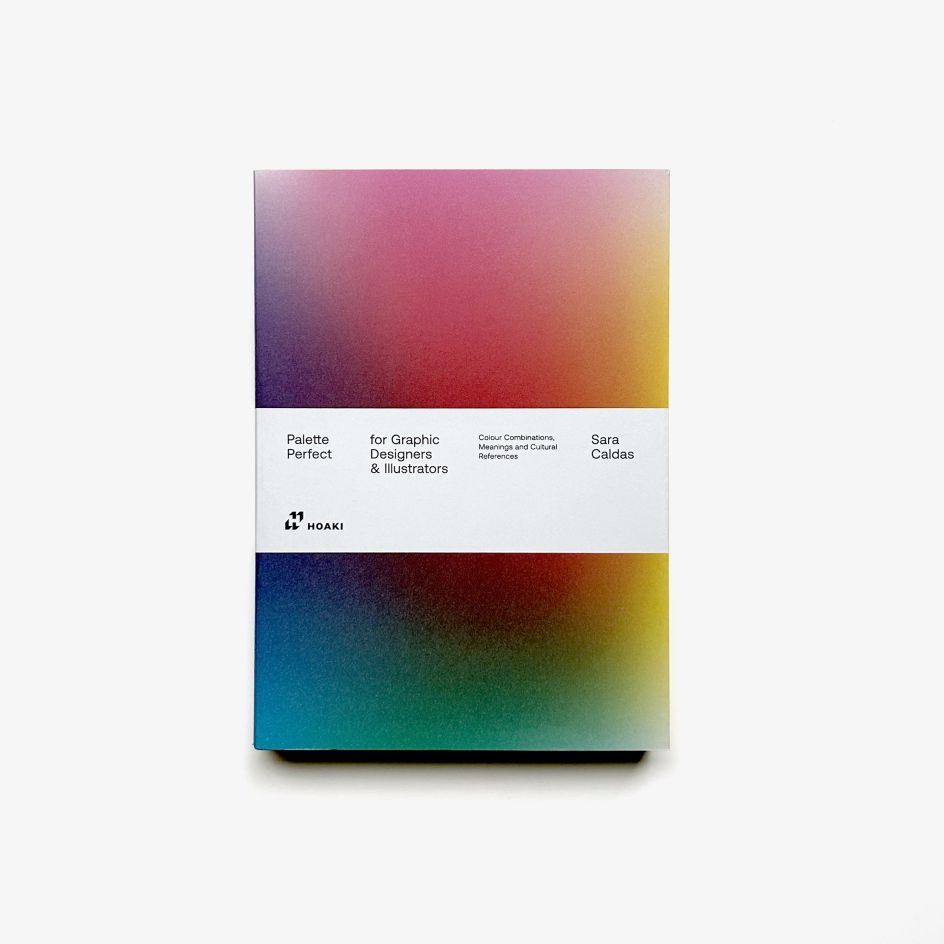
Palette Perfect by Sara Caldas


9. How to Use Graphic Design to Sell Things, Explain Things, Make Things Look Better, Make People Laugh, Make People Cry, and (Ever) by Michael Bierut
This book by Michael Bierut is an insightful exploration of the diverse applications of graphic design in contemporary contexts. A protégé of design legend Massimo Vignelli and a partner at Pentagram's New York office, Michael draws from his extensive career to showcase a wide range of design projects, emphasising an eclectic approach rather than a singular ideology.
This revised and expanded edition includes new projects for prominent clients like Mastercard and The Poetry Foundation, making it both an inspiring and authoritative resource for graphic designers, students, and anyone interested in the field. With a total of 833 colour illustrations, it serves as a comprehensive guide to the possibilities of graphic design in achieving various objectives, from selling and explaining to evoking emotions.
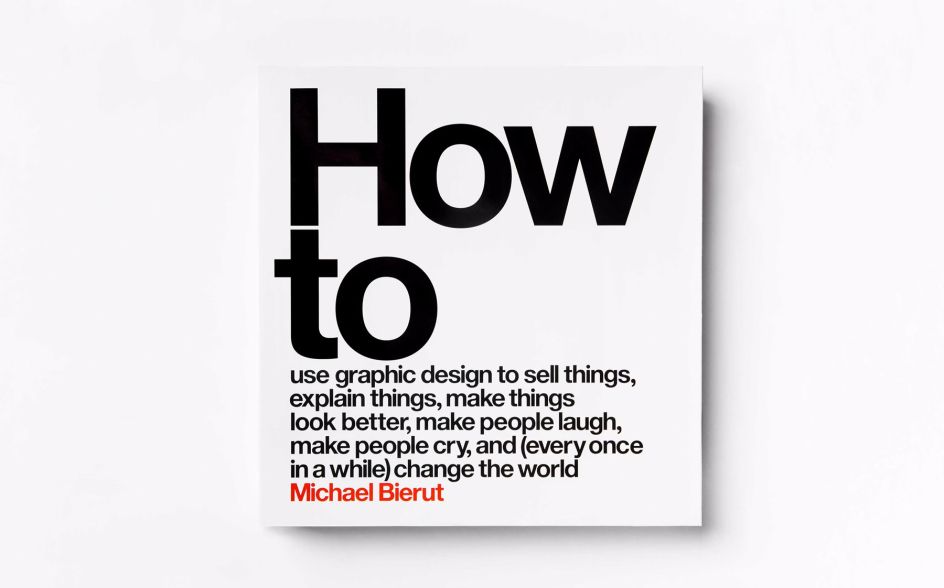
How to Use Graphic Design to Sell Things, Explain Things, Make Things Look Better, Make People Laugh, Make People Cry, and (Ever) by Michael Bierut



10. Design as Art by Bruno Munari
Where does design end and art begin? Design as Art is a classic book on the philosophy of design, which will help you to think about design in new and innovative ways.
In this thoughtful, illustrated book, author Bruno Munari – a pivotal figure in the 20th-century design landscape – argues that designers have the unique role of reconnecting art with the public, transforming how we perceive the world around us. He examines various subjects, such as lamps, road signs, typography, posters, children's books, advertising, cars, and chairs, offering insights into how design influences our daily lives.
Throughout the book, he encourages readers to expand their perceptual awareness and appreciate the artistic possibilities inherent in design. This title is ideal for anyone interested in understanding how design helps shape our visual and sensory experiences.
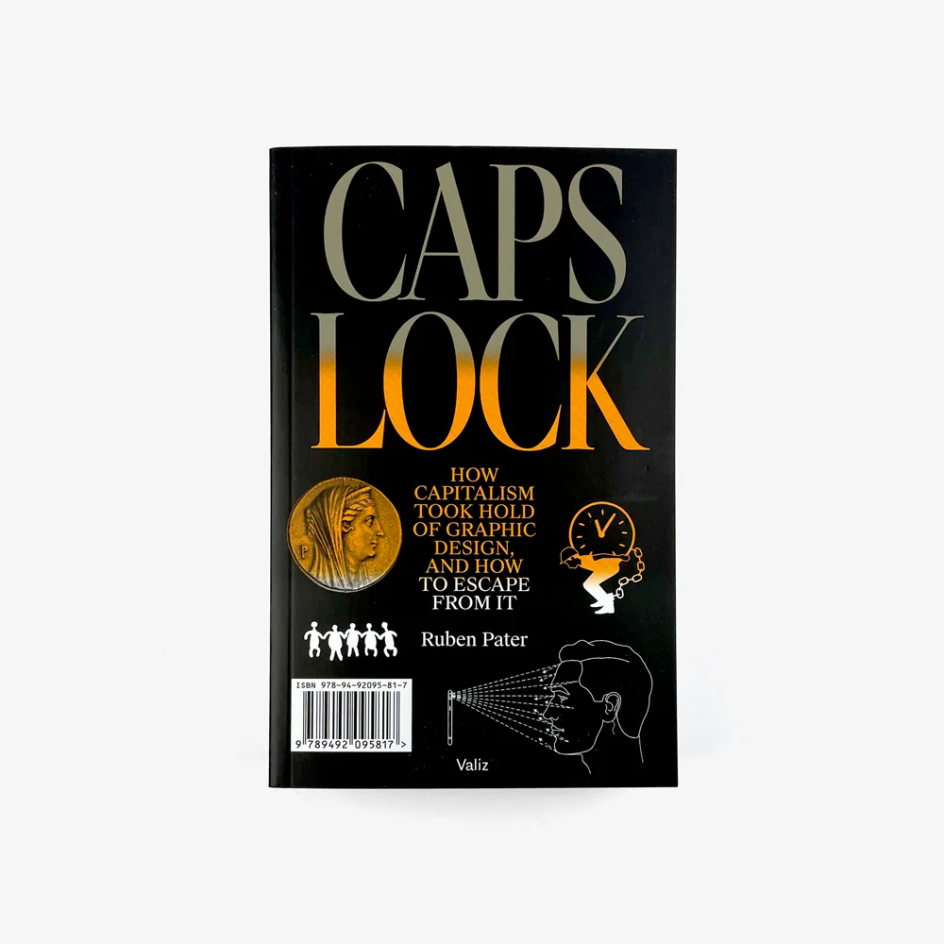



 by Tüpokompanii](https://www.creativeboom.com/upload/articles/58/58684538770fb5b428dc1882f7a732f153500153_732.jpg)

 using <a href="https://www.ohnotype.co/fonts/obviously" target="_blank">Obviously</a> by Oh No Type Co., Art Director, Brand & Creative—Spotify](https://www.creativeboom.com/upload/articles/6e/6ed31eddc26fa563f213fc76d6993dab9231ffe4_732.jpg)
















